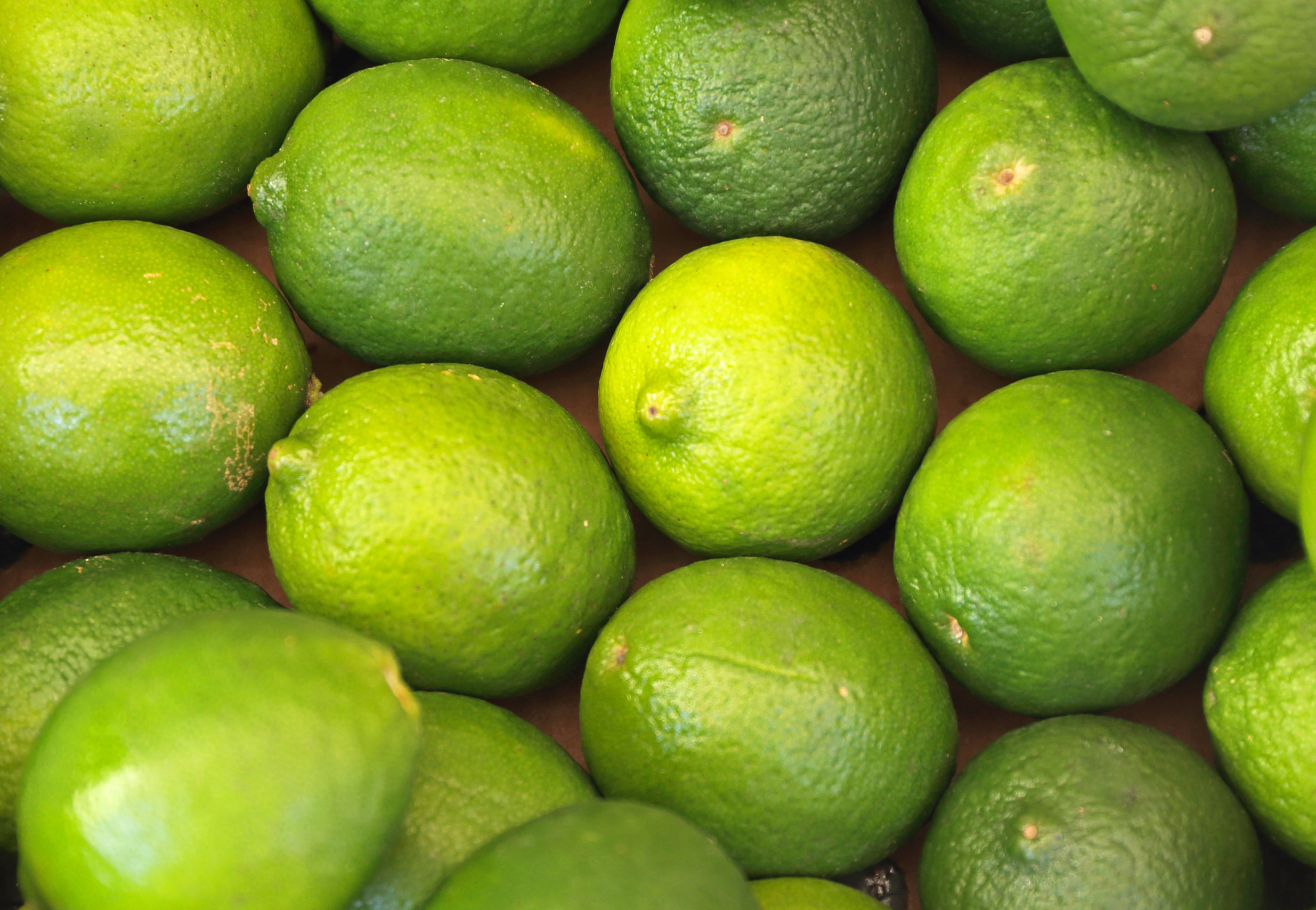We spoke to a few of our citrus experts to give us the low down on one of the world’s favourite ingredients; lime.
You know you’re dealing with a good ingredient when you can trace back its popularity as a flavour to the sixteenth century – probably going back even further than that.
Its health benefits were recognised early on too, when in the eighteenth century its high vitamin C content was documented as an effective and cheap treatment for scurvy – a fatal disease among sailors due to a severe shortage of vitamin C.
Whilst lemon trees grow and thrive in the Mediterranean, they can't survive the hot, steamy humidity of Asian countries – which is where limes come in. Grown year-round, in tropical and subtropical climates such as Mexico, Peru and Brazil, the top producers of limes are Mexico, Brazil, China, Argentina, India, and Turkey with Peru deserving a mention due to its production of lime oils.
There are many varieties and hybrids of lime around today but the two main varieties of this small, much loved citrus fruit are:
- Key limes (Citrus aurantifolia) and Persian (sometimes called Tahitian) limes (Citrus latifolia), which are most often used in essential oil production.
Each of these species has unique characteristics.
Key lime
Thinking of Key lime pie? One of the places commonly associated with growing limes is Key West, Florida, however, this is a misconception – almost no limes are grown there today – so remember, Key limes do not come from Florida.
The majority of Key limes are processed in Mexico, with some processing being done in Peru.
The Key lime is much smaller and rounder than its Persian cousin is more acidic with a strong, citrusy aroma. Yellow when fully mature, they are often harvested while still green. The primary product derived from Key limes is distilled lime oil.

Persian lime
The most common (and widely available) is the Persian lime which is about the size of a small lemon with thin green skin.
Persian limes are the larger of the two varieties. They grow on almost thornless trees and are seedless and similar in size and shape to lemons.
Grown in significant quantities in Mexico and Brazil, where they are called Tahiti limes, and to a lesser extent in Florida, the Persian lime is popular as a fresh fruit and for use in catering due to its seedless nature.
In Brazil, the national drink, the ‘caipirinha’ is a tasty mixture of lime, distilled sugar cane, sugar and ice and accounts for the popularity of the Persian lime there. It’s also grown in smaller quantities in Argentina and Spain for the local fresh fruit markets.
In the United States, Persian limes are the most commonly available type.

Other lime hybrids and varieties
There are many other varieties and hybrids of lime.
-
Thailand, for example, cultivates the Kaffir lime, the leaf of which is used extensively in cooking. The fruit is also processed on a small scale to make distilled lime oil, although Kaffir lime oil has a unique flavour and composition. Kaffir limes are mid-green colour with a rough, bumpy skin compared to the smooth skinned Persian and Key limes.
-
India, too, has its own variety, the thin-skinned Kagzi Kalan lime which is used extensively in Indian cuisine such as lime pickle.
Why we love limes: a powerhouse of flavour with benefits
Valued for their juice and the floral aroma of their zest, limes in particular are loved for their peely, juicy and intensely refreshing flavour.
From carbonated soft drinks to flavoured waters, and alcoholic drinks, lime is an all-time favourite flavour which can always be interpreted in tasty and innovative ways, often used to enhance other flavours.
Eating limes or drinking the juice may improve immunity, reduce heart disease risk factors, prevent kidney stones, aid iron absorption, and promote healthy skin. Limes are also beneficial for digestion and are low in calories which is often why they are formulated into health drinks.
Limes, like lemons, are filled with fragrant acidic juice and the zest contains the same high-flavoured oils. Limes have higher contents of sugars and acids than lemons do and their flavour is distinctly different to lemons.
With all the different types of lime available and the corresponding variety in the types of lime oil that are produced, food and beverage producers have a considerable range of flavouring oils to choose from, depending on their specific requirements.

Bringing you closer to the source
Because of our relationships with growers around the world, and our established reputation in citrus, we get closer to the fruit. This means a stable, scalable and transparent supply chain while connecting your consumers with the origin behind our ingredients, from our Mexican key lime products to Sicilian blood orange and Brazilian orange oil.
Talk to us today about our citrus expertise and be inspired with a taste of what we can do for you.
Related:
Introducing: new TreattClear citrus extracts
Citrus growing regions map: download
